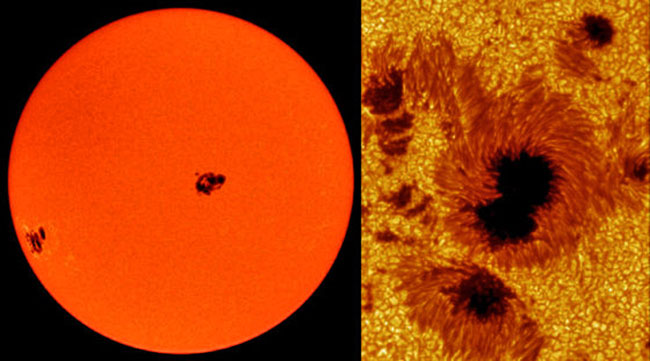|
This year, solar activity will be marked as the lowest in over 200 years. The low in the Sun's 11-year cycle will also have at least some repercussions for the climate here on Earth.
On December 20, 2019, Iceland received one of the largest snow storms in its history.
The so-called "10-year storm," brought winds of 100 miles per hour (161 km/h), with one weather station reporting gusts of up to 149 mph (240 km/h), according to a report by Interesting Engineering.
Iceland's, Europe's and North America's weather have historically been tied to the Sunspot activity of the Sun.
According to NASA, in 2020, the Sun, which is currently in Solar Cycle 25, will reach its lowest activity in over 200 years.
That means "space weather" will be favorable for exploration beyond Earth, yet it could also very well mean we should prepare for odd or different weather patterns.
When solar activity gets really low, it can have the effect of a "mini ice age."
The period between 1645 and 1715 was marked by a prolonged Sunspot minimum, and this corresponded to a downturn in temperatures in Europe and North America.
Named after astronomers Edward Maunder and his wife Annie Russell Maunder, this period became known as the Maunder Minimum.
It is also known as "The Little Ice Age"...
|


